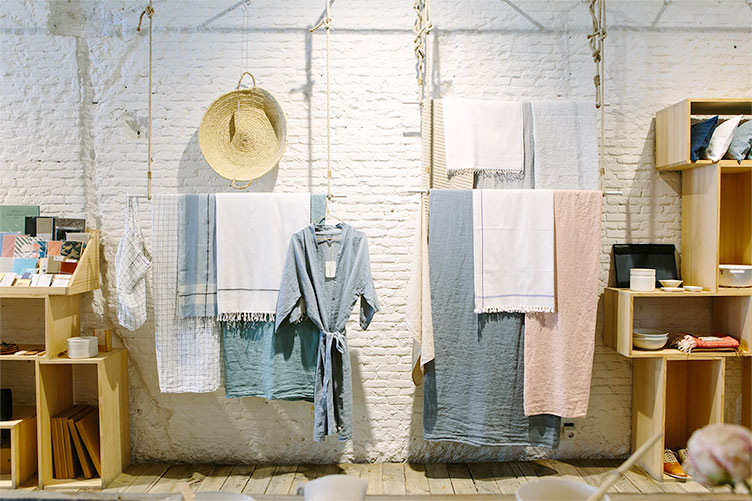
If you’re considering ever selling your work wholesale (or you already do), your pricing needs to be structured so that your retail price makes money for both you and a retailer.
Retail, wholesale, bulk orders, mark-up, consignment… there’s various ways retail can work, and there are a lot of terms involved with selling your items through different channels that can be new language for some people. It can be a confusing space, so we’ve put together some simple descriptions to help clarify what’s what when it comes to retail.
Firstly, some terms:
Retailer: someone else who is selling your items/work – for example, a shop or gallery.
Wholesaler or supplier: this is you – the maker or producer who supplies the product to be sold.
Customer: the person who ends up owning your item.
Unit price: the price paid per item, which might change depending on the number of items being ordered.
Now, common phrases you might hear in this space:
Retail price
The advertised price that the customer pays for your item. When you’re selling directly to a customer, you should sell your items at the same price that a retailer would sell them. This price should be defined by its value to customers in the real world (rather than how much it cost you to make it).
Bulk order
A bulk order is a one-off purchase of multiples of the same item (or a package deal of many items) made by one customer/retailer for one lump sum of money. Bulk orders are usually placed to get each item at a lower price per item (unit price) than the usual retail price a customer (the end user) would pay. The number of items that makes the order ‘bulk’ can vary depending on the nature of the item and its pricing. For instance, an item with a retail price of $10 might need an order of 50 units or more for the seller to consider bulk/wholesale pricing; whereas for a $700 item, an order for five units might trigger bulk pricing.
Bulk/wholesale price
A lower price than the retail price, made available to retailers/customers when they are ordering a large quantity of items. You can calculate your wholesale price by either adding a margin onto the cost of production, or by subtracting the costs involved in selling each item individually from your retail price.
Wholesale selling
Wholesale selling most often refers to a bulk order being supplied to a retailer. They purchase items from you at a wholesale price, and then sell your items at the retail price. Often a wholesale trade will be made in the context of an ongoing relationship, and sellers may fill repeat orders of the same item, or variations and new versions of similar items that regularly sell.
Mark up
Mark up refers to the increase in price, usually by percentage, on the wholesale price that a retailer pays you for an item. This makes up the retail price at which they sell it to the end customer. A retailer may, for example, put a 100% mark up on items you supply to them, so their retail price is double your wholesale price.
Selling by consignment or ‘on commission’
This is an arrangement between you and a retailer. You send items to the retailer for display and promotion, but payment is only made to you for items that sell. When an item sells, the retailer takes the agreed percentage of the retail price as commission. Many galleries will typically take anywhere from 40 to 80% commission, so your approach to pricing needs to be well thought through. Smaller or co-operative retailers may work on a sales commission of 10 to 50%. The retailer has the right to return unsold items to you.
The difference between wholesale and consignment
The key difference between selling wholesale and selling by consignment is where the risk lies, and the pricing or percentages and terms should reflect this. Wholesale prices are typically lower because you receive payment upfront, so the risk to you is reduced. When you sell by consignment, there is more risk for you, and you should therefore receive a greater percentage of the retail price. Having a well constructed legal agreement is vital, especially for items or orders of higher value.
Retail selling is just like any other aspect of selling – it takes time and effort to do well and you need to learn what works for you and what doesn’t. In the early stages it’s really important to have a very clear picture of your cost structure, overheads, and pricing, so that you don’t shoot yourself in the foot by making a bulk order and losing money in the process. Good luck out there!
Photo by Jason Briscoe on Unsplash





